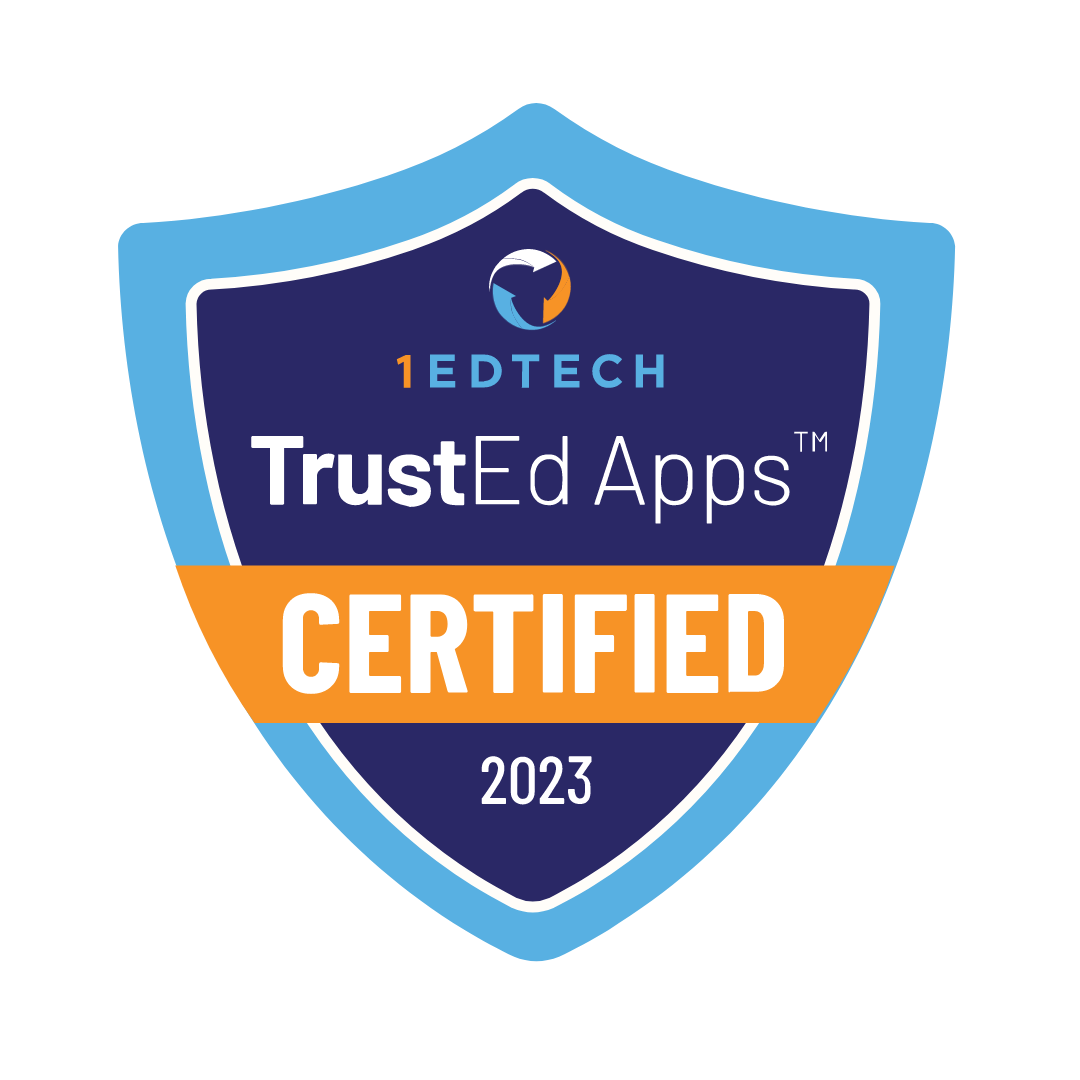Contents
- 1 Why Consider an Online Education?
- 2 Online Middle School vs Traditional School
- 3 Benefits of Online Middle School
- 4 Challenges of Online Middle School
- 5 How to Choose the Right Online Middle School?
- 6 How Online Middle School Works?
- 7 Preparing Your Child for Online Middle School
- 8 Additional Resources
- 9 Conclusion
Online middle schools are the best solution for many families. Digital schools give benefits for students, but have disadvantages and unique features. This guide answers common questions about online middle schools for parents and students.

Online middle schools are learning platforms for students in grades 6-8. These schools have several key differences from traditional schools. We’ll go over the advantages and disadvantages of online learning. We’ll explain the main things parents and students need to know to succeed in online education.
Why Consider an Online Education?
“What is there not to like? Much lower overheads, low variable costs with asynchronous (i.e. non-live) programmes, and a much bigger market”
Lee Hawkes, LinkedIn
Online education gives students a lot of benefits. Flexibility is the greatest benefit. Students use this benefit to learn at their own pace. Students get more personalized lessons compared to traditional learning. These features help students understand themselves better. Students see the weaknesses and work on them.
Online education allows students to learn more subjects. These subjects may be unavailable in traditional schools for various reasons.
Parents give more support, which is especially helpful for children with special needs, anxiety, Attention Deficit Hyperactivity Disorder (ADHD), or other challenges.
Online Middle School vs Traditional School
Traditional and online middle schools differ in many ways. We explain these differences in the article “Online Middle Schools vs. Traditional Schools“. The article lists thirteen factors to help parents choose the right school for their child.

Benefits of Online Middle School
We looked at the benefits of online middle schools in the articles “Benefits of Accredited Online Middle Schools” and “5 Hidden Advantages of Virtual Middle School”. These articles help parents see the common and hidden benefits of online middle schools.

Challenges of Online Middle School
Online middle school is a great choice for many students, but it comes with challenges. Below are five common problems and how they can be addressed.
Lack of Social Interaction
Problem: Students miss face-to-face interactions.
Solution: Parents motivate students to join group activities, online clubs, and extracurriculars. They check resources like Youth.gov to help students find suitable activities..
Technical Issues
Problem: Online learning brings issues like slow internet or broken devices. These issues disrupt learning.
Solution: Parents make sure their child’s home has a stable internet connection and reliable devices. Parents have a backup plan in case technical problems arise. This plan includes going to a public library or another place with good Wi-Fi. Parents visit the Federal Communications Commission’s (FCC) Lifeline Support for affordable internet options.
Distractions at Home
|
Parents, Take Note
The study “College Students’ Distractions from Learning Caused by Multitasking in Online vs. Face-to-Face Classes: A Case Study at a Public University in Romania” was conducted by Kamer Ainur Aivaz and Daniel Teodorescu. The study found 95% of students used digital devices for off-task purposes during online classes, compared to 75% in face-to-face classes. 15% of students checked their devices more than 30 times per session, while nobody did this in face-to-face classes. 44% of students in online classes spent more than 20% of class time using devices for non-school-related activities. This research shows the importance of students building good habits and parents supporting them.
|
Problem: Students see many distractions at home. Students lose their focus because of these distractions.
Solution: Parents create a space without the distractions. Parents help students to raise the right study habits. They teach students to turn off devices during learning. Parents check Common Sense Media for more tips on managing screen time.
Time Management Difficulties
Problem: Students find it hard to manage their time efficiently without a structured school day.
Solution: Parents work with kids to create a daily schedule covering class time, homework, breaks, and relaxation. Parents use tools like Google Calendar or My Study Life to help students manage time.
Limited Access to Teachers
Problem: Some students don’t know how to use platforms for quick access to teachers.
Solution: Parents motivate and teach students to use messaging platforms. Parents explore resources on Ed.gov to learn more about educational support.
How to Choose the Right Online Middle School?
Parents evaluate virtual middle schools carefully to make the right choice for their child. We will discuss five factors parents focus on to avoid mistakes.
Accreditation
Make sure the school is accredited so the educational courses and credits are recognized. Your child’s progress will not count towards future education without this.
Use the U.S. Department of Education to verify the school’s accreditation.
Technology Requirements
Reach out to the school for the technical requirements and make sure your home setup matches them. Ask the school’s tech support for help if you’re having trouble in this area.
Curriculum
Check the curriculum subjects and see how flexible the school is for students. Make sure the school offers options suiting your child’s learning needs. This is especially important if they need extra support or advanced courses.
Teacher Support
Find out how your child can access help from school’s teachers. Look for schools offering personal approach, one-on-one meetings, live classes, or online office hours.
Check teacher reviews to get a clear idea of how they work with students. Use sites like GreatSchools or the National Center for Education Statistics for school ratings. Visit parent forums and RateMyTeachers for feedback on teachers’ performance and interaction with students.
Costs and Financial Aid
Compare tuition fees and find out if the school offers payment plans or scholarships. Learn more about financial aid through Federal Student Aid.
How Online Middle School Works?

We covered how virtual middle schools work in the article “How Accredited Online Middle Schools Work?”. Parents find answers to questions about enrollment, extracurriculars, and more in this article.
Preparing Your Child for Online Middle School

Parents help their child prepare for school. This is especially important if the kid is attending an online school for the first time or has special needs. Legacy Online School has provided five tips to help children have a smoother start in online education:
- Create a quiet, organized area for your child to focus on their schoolwork. Use noise-canceling headphones if needed.
- Help your child build a structured schedule. Include in this schedule study time, breaks, meals, and physical activity to maintain a healthy balance. The American Academy of Pediatrics offers guidelines on balancing screen time and physical activities.
- Explain to your child how to reach out to teachers for help through tools like Google Classroom or email.
- Motivate your child to use planners or apps like Google Calendar or Todoist to track assignments and deadlines.
- Help your child to join activities, available through school platforms or local community programs. Use resources like Meetup for local social opportunities.
Additional Resources
We’ve gathered some resources to help parents and students with challenges in virtual online schooling.
General Resources
Legacy Online School’s Resources
Resources for Parents
Online Learning Tools
Conclusion
Online middle schools have their own specifics. Parents understand their child’s needs to choose between online and traditional schools. This guide helps parents find answers to their questions about digital middle schools.











